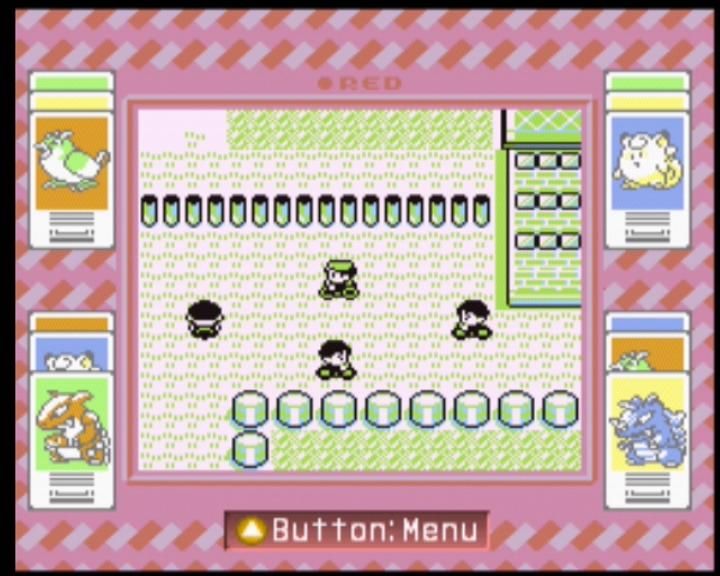Update (December 1, 2018):
------------------------------------------------------------------------------------
Update (October 12, 2018):
and Follow-up 3: https://www.resetera.com/posts/13741800/
------------------------------------------------------------------------------------
Update (October 10, 2018):
Follow-up 2: https://www.resetera.com/posts/13673051/
------------------------------------------------------------------------------------
Update (October 9, 2018):
See this post: https://www.resetera.com/posts/13593223/
Follow-up: https://www.resetera.com/posts/13620946/
-------------------------------------------------------------------------------------
Source:
https://www.reddit.com/r/emulation/comments/9as2ii/did_nintendo_actually_download_roms_for_their/
Source of the controversy:
https://www.eurogamer.net/articles/...o-download-a-mario-rom-and-sell-it-back-to-us
Source of references:
Apparently, someone did research on the subject where Nintendo was speculated to be reselling downloaded NES ROMs for the Virtual Console service. What that person found was a slew of rabbit hole, which led to the finding of Tomohiro Kawase, a once-freelancer who worked on NES emulators, before being hired by Nintendo to work on Animal Crossing, and may be the possible link of origins of the NES header notably found in Virtual Consoles, as reported by EuroGamer.
The header EuroGamer has reported on, is the same iNES header used in the referenced link.
Tomohiro Kawase was the sound engineer of iNES 0.7.
It's a plausibility, to say the least, but it's interesting enough to share here.
------------------------------------------------------------------------------------
Update (October 12, 2018):
and Follow-up 3: https://www.resetera.com/posts/13741800/
------------------------------------------------------------------------------------
Update (October 10, 2018):
Follow-up 2: https://www.resetera.com/posts/13673051/
------------------------------------------------------------------------------------
Update (October 9, 2018):
See this post: https://www.resetera.com/posts/13593223/
Follow-up: https://www.resetera.com/posts/13620946/
-------------------------------------------------------------------------------------
Source:
https://www.reddit.com/r/emulation/comments/9as2ii/did_nintendo_actually_download_roms_for_their/
Source of the controversy:
https://www.eurogamer.net/articles/...o-download-a-mario-rom-and-sell-it-back-to-us
Source of references:
- http://fms.komkon.org/iNES/iNES.html (Search for "Kawase")
- Animal Crossing (GCN) - credited for working on the NES emulator in the game.
Apparently, someone did research on the subject where Nintendo was speculated to be reselling downloaded NES ROMs for the Virtual Console service. What that person found was a slew of rabbit hole, which led to the finding of Tomohiro Kawase, a once-freelancer who worked on NES emulators, before being hired by Nintendo to work on Animal Crossing, and may be the possible link of origins of the NES header notably found in Virtual Consoles, as reported by EuroGamer.
The header EuroGamer has reported on, is the same iNES header used in the referenced link.
Tomohiro Kawase was the sound engineer of iNES 0.7.
It's a plausibility, to say the least, but it's interesting enough to share here.
Last edited:






